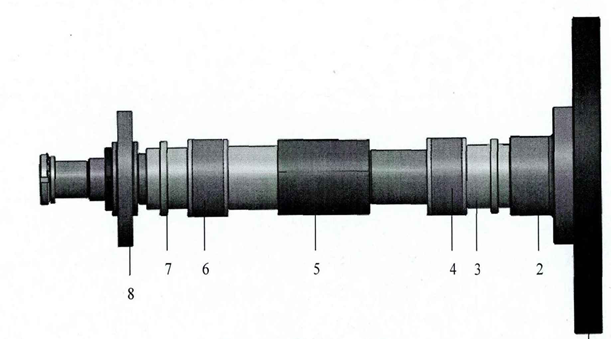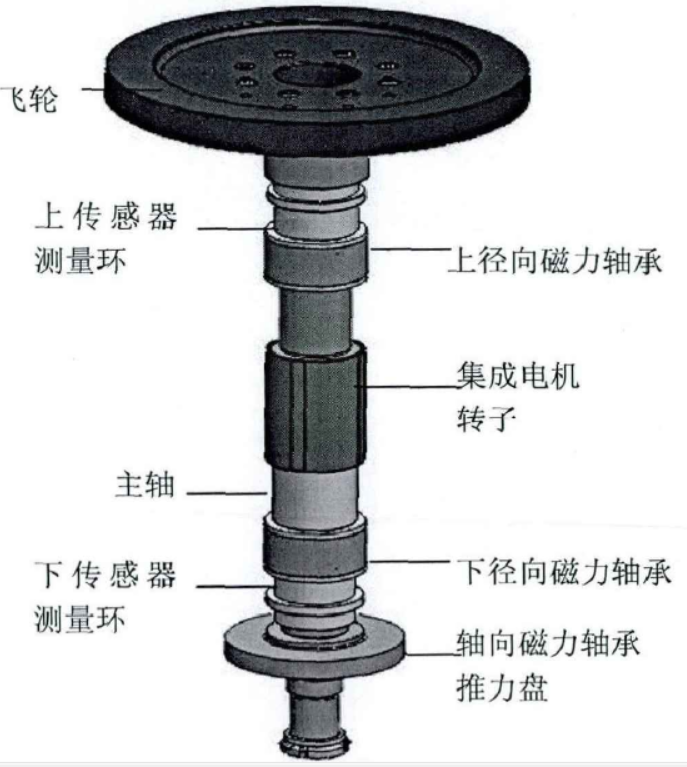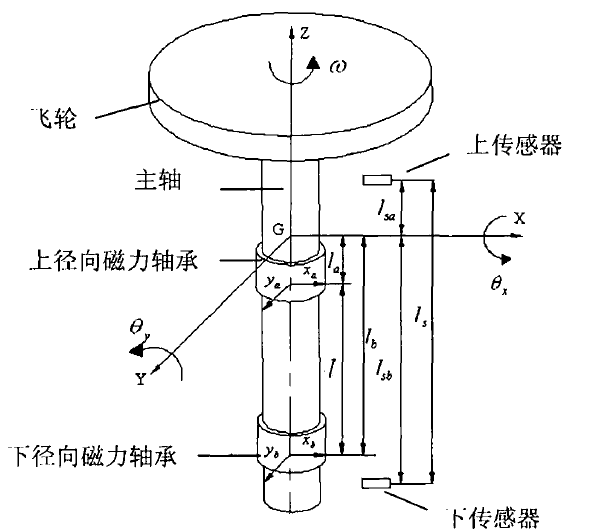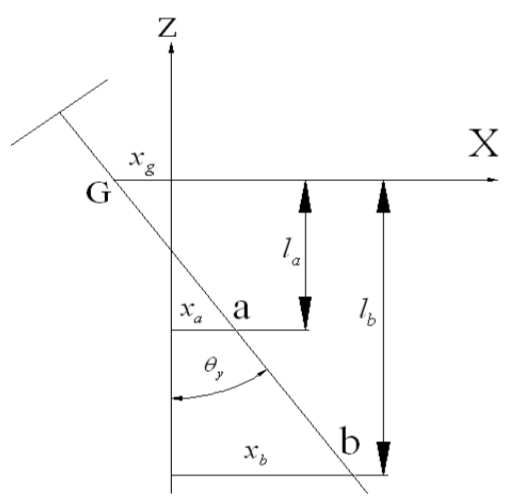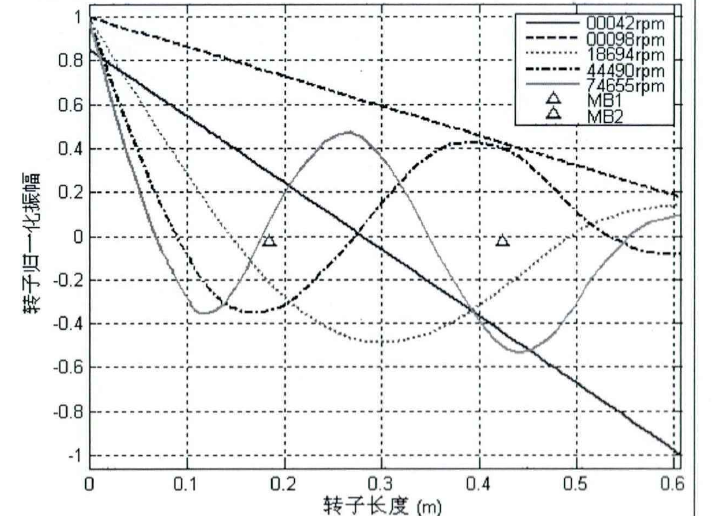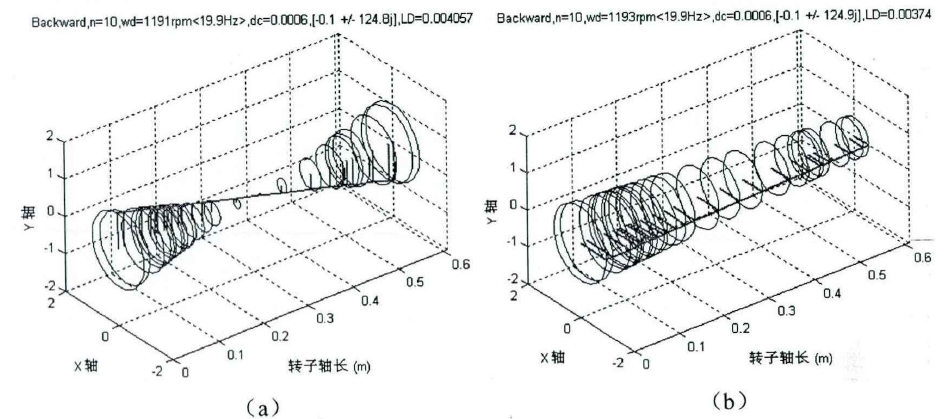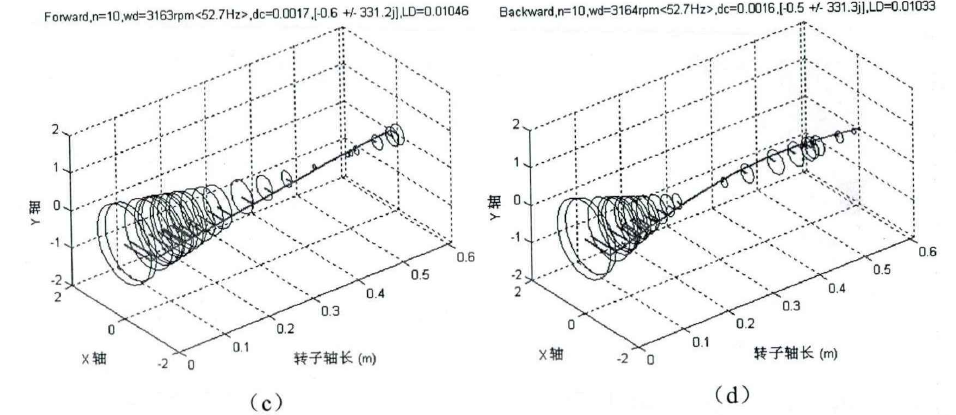磁悬浮飞轮LQR控制研究毕业论文
2020-06-17 21:44:43
摘 要
磁悬浮飞轮储能以前由于很多技术的限制,一直没有得到突破性的进展。到二十世纪,由于复合材料的出现,磁悬浮技术的发展以及电力电子技术的发展使得飞轮储能将会给未来的储能形式带来一场革命。磁悬浮飞轮储能具有诸多优点,使其具有广阔的研究和发展前景。磁悬浮飞轮转子稳定运行是飞轮能够储能最基本的条件,飞轮转子良好的动态特性可以充分发挥飞轮的储能优势。因此对磁悬浮飞轮储能系统来说,研究飞轮转子的动态特性是至关重要的。
本文一开始简单介绍了磁悬浮飞轮的研究背景及意义,在分析了磁悬浮轴承系统模型的基础上,建立了四自由度磁悬浮轴承力学模型,对磁悬浮飞轮刚性转子分析,建立刚性转子动力学模型,接着对磁悬浮飞轮挠性转子进行分析,分析转子临界转速与支承刚度的关系。
最后采取了以二次型函数为性能指标的线性二次型最优控制(LQR)方法对磁悬浮飞轮转子进行控制。在对仿真的结果进行研究时,对LQR控制器控制磁悬浮飞轮转子进行了较深入的研究,最后总结本篇论文,在现有研究技术成果的基础上提出未来磁悬浮系统的发展方向的设想,展望未来。
关键字:磁悬浮飞轮 转子性能 LQR
Abstract
Due to the many technical limitations, magnetic flywheel storage has not been a breakthrough development.Until 20th century,because the technology of composite material, magnetic bearing and electronics had enormous development, the flywheel energy storage would bring a revolution about the way of energy storage. Magnetic flywheel energy storage has many advantages, so that it has a broad research and development prospects. Magnetic flywheel rotor capable of stable operation of flywheel energy storage is the most basic conditions, a good flywheel rotor dynamic characteristics can give full play to the advantages of flywheel energy storage. Therefore, the research of dynamic characteristics of flywheel rotor is an significant research content of magnetic flywheel energy storage system.
In this paper, the background and significance of the magnetic levitation flywheel are briefly introduced. Based on the analysis of the model of the magnetic bearing system, the mechanical model of the four-degree-of-freedom magnetic bearing is established, based on the analysis of the rigid rotor of the maglev flywheel, the dynamic rotor model of the rotor is established. Then, the relationship between the critical speed and the bearing stiffness of the rotor is analyzed.
Finally, the linear quadratic optimal control (LQR) method with quadratic function as the performance index is adopted to realize the centralized control of the magnetic bearing. When the simulation is carried out, the LQR controller is studied deeply. The paper summarizes and puts forward the prospect of the future.
Keywords: magnetic flywheel rotor performance LQR
目录
摘要 I
Abstract II
第一章 绪论 1
1.1磁悬浮飞轮的研究背景和意义 1
1.2磁悬浮轴承简介 3
1.3磁悬浮轴承技术发展与研究现状 3
1.4磁悬浮轴承发展趋势 5
1.5磁悬浮轴承对控制器的要求 5
1.6设计(论文)工作内容与安排 5
第二章 磁悬浮飞轮的结构及转子动力学模型 7
2.1磁悬浮飞轮结构 7
2.2磁悬浮飞轮转子的数学模型 8
2.3飞轮转子数学模型的状态空间表达式 11
2.4 磁悬浮飞轮转子的挠性动力学分析 12
2.5本章小结 15
第三章 磁悬浮飞轮的线性二次型最优控制 16
3.1线性二次型最优控制理论 16
3.2磁悬浮系统的线性二次型最优控制器设计 17
3.3磁悬浮飞轮系统仿真分析 19
3.4线性二次型最优控制系统对飞轮转子不平衡干扰的响应 21
3.5 本章小结 22
第四章 总结与展望 23
4.1 研究总结 23
4.2研究展望 24
结束语 25
参考文献 26
致谢 30
第一章 绪论
1.1磁悬浮飞轮的研究背景和意义
能源问题是二十一世纪的人类面临的最大问题,现如今,在不断的开发新能源的同时,如何能更加有效地利用现有的能源已日趋被人们重视。现今能源领域的热点问题是电能的新型转换方式和存储方式,随着相关技术的发展,飞轮储能因为其转换效率高、充放电迅捷、可就近分散装配、单位质量存储密度大、没有环境污染、应用前景广等优点而备受国内外学术界的重视,有概率成为21世纪能量储存的新技术。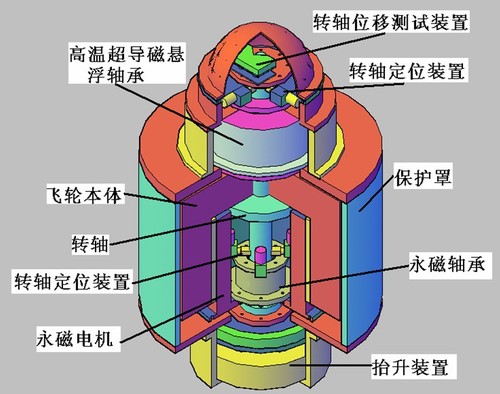
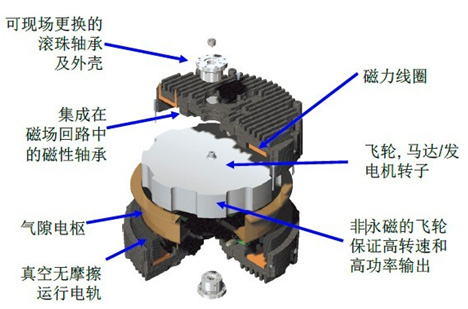
图1-1 磁悬浮飞轮储能器 图1-2 磁悬浮飞轮储能装置结构示意图
相关图片展示:
